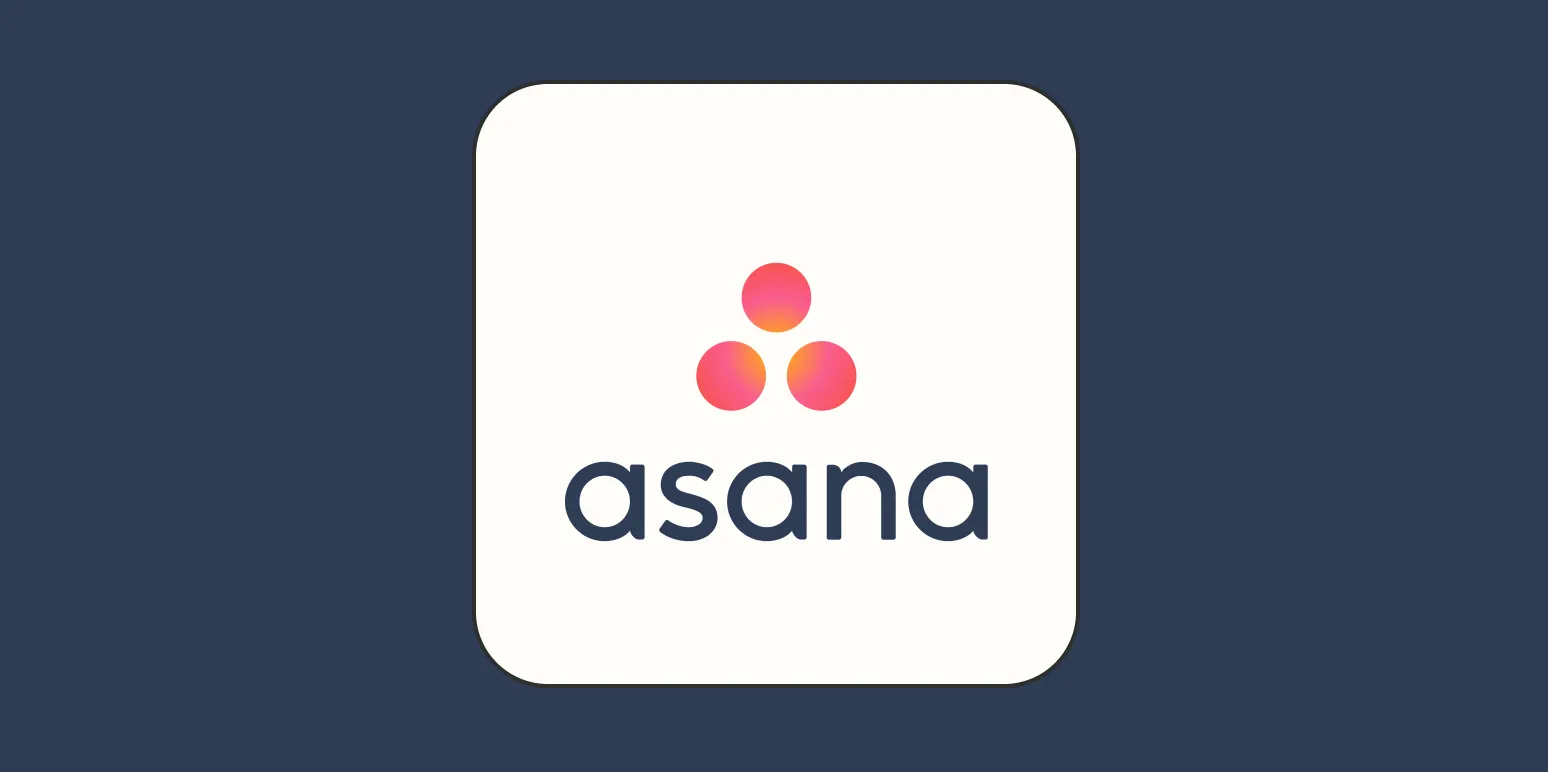Building a podcast workflow in Asana has been a game-changer for my content creation process. As a podcaster, it's essential to have a streamlined workflow to manage episodes, tasks, and deadlines effectively. By utilizing Asana, I was able to create a structured system that not only keeps me organized but also enhances productivity. Here’s a detailed look at how I built this podcast workflow, complete with charts and tables to illustrate the process.
Step 1: Define Your Podcast Workflow Stages
The first step in creating an effective podcast workflow in Asana is to outline the primary stages of the production process. This includes everything from brainstorming episode ideas to post-production tasks. Here’s a breakdown of the typical stages:
| Stage | Description |
|---|---|
| Idea Generation | Brainstorm and select topics for upcoming episodes. |
| Research | Gather information and resources related to the episode topic. |
| Recording | Set up equipment and record the episode. |
| Editing | Edit the audio files for clarity and flow. |
| Publishing | Upload the episode to podcast platforms and promote it. |
| Marketing | Use social media and email campaigns to promote the episode. |
Step 2: Create Tasks for Each Stage
Once the stages are defined, the next step is to break them down into specific tasks. This is where Asana's task management features come into play. For each stage, I create tasks that are actionable, assignable, and have deadlines. Here’s a sample of tasks I created for each stage:
| Stage | Tasks |
|---|---|
| Idea Generation |
|
| Research |
|
| Recording |
|
| Editing |
|
| Publishing |
|
| Marketing |
|
Step 3: Utilize Asana Features for Efficiency
Asana offers various features that can enhance your podcast workflow. Here are some key features I utilized:
- Due Dates: Assign due dates to each task to keep the workflow on track and ensure timely releases.
- Assign Tasks: Delegate tasks to team members or collaborators for efficient workload management.
- Attachments: Upload relevant files, such as scripts or audio clips, directly to tasks for easy access.
- Comments: Use the comments section to communicate with team members about specific tasks or progress updates.
Step 4: Monitor Progress and Adjust Workflow
After setting up your podcast workflow in Asana, it’s crucial to monitor the progress of your tasks regularly. Asana’s dashboard and reporting features allow you to visualize the progress of your podcast production. Here’s how to keep track:
- Weekly Reviews: Conduct weekly reviews of task statuses to ensure everything is on track.
- Adjust Deadlines: If tasks take longer than expected, adjust deadlines and reassign tasks as necessary.
- Feedback Loop: Implement a feedback loop with team members to discuss what’s working and what needs improvement.
Conclusion: The Impact of an Organized Workflow
Building a podcast workflow in Asana has transformed the way I manage my episodes, making the entire process smoother and more efficient. By clearly defining stages, creating actionable tasks, and utilizing Asana's features, I can focus on creating quality content while ensuring that every aspect of production is covered. If you’re a podcaster looking to enhance your workflow, consider implementing these strategies in Asana. It’s a step towards more organized and productive podcasting!





